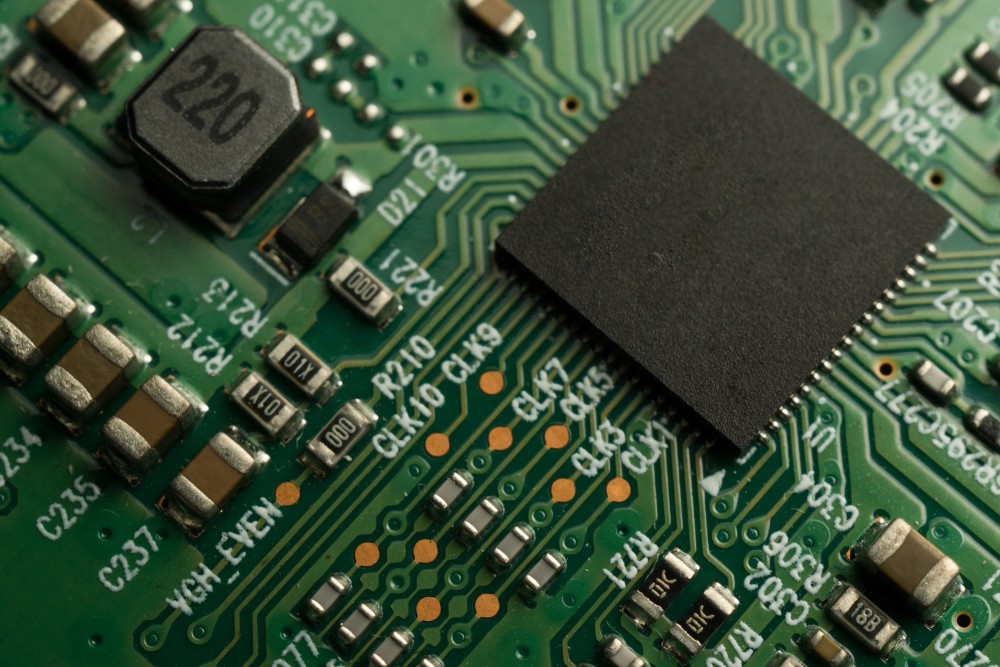The anti-oxidation of the PCB board is to coat the designated metal surface (in the hole and the board surface) with an anti-oxidative organic film, that is, the organic solderability protection (DSP). GlicoatSMDLF2 is one of them, which maintains its solderability during thermal cycling through the chemical reaction of its active ingredients with the copper surface to form a solid flat technology on the metal surface of the printed board.

Process
Degreasing → Micro-erosion overflow washing 1 → Overflow washing 2 → Pickling → Pressurized water washing 1 → Pressurized water 2 washing → Clean water washing → Pressurized water 3 → DI washing → Air knife rushing water → Antioxidant dipping → Air knife rushing water → overflow washing 3 → overflow washing 4 → DI washing → strong wind drying → hot air drying
Degreasing and micro-etching: remove board surface residue, grease, and copper oxide layer, and activate the copper surface.
Pickling: further remove the copper powder on the board surface and prevent the activated copper surface from re-oxidizing.
Anti-oxidation dipping: In order to form an anti-oxidation film on the board surface and in the holes, the dipping type is better than the spraying type, and the thickness of the anti-oxidation between 0.15-0.25um can be obtained by dipping at 40°C for 60-90S. Oxide film. If the parameters such as concentration, pH, temperature, soaking time, and so on are all within the normal range, and the film thickness is not enough, supplementary solution A needs to be added for adjustment, and the F2 syrup can be used without dilution. The transfer shaft should be made of lightweight material.
PCB board proofing anti-oxidation process control
1) PH value is an important factor to maintain the film thickness, so it should be measured every day. As the pH value increases, the film thickness becomes thicker, and as the pH value decreases, the film thickness becomes biased. If the pH value is too high, crystallization will occur. Due to the volatilization of acetic acid and the introduction of water, the pH value tends to rise, so it is necessary to add acetic acid for adjustment, and the pH value should be controlled between 3.80-4.20.
2) In order to keep the film thickness within the range, the concentration of the active ingredient should be maintained between 90-110%, and if it is too high, crystallization will easily occur.
3) The film thickness should be maintained between 0.15-0.25um as much as possible. If it is less than 0.12um, it cannot guarantee that the copper surface will not be oxidized during storage and thermal cycling. However, if it exceeds 0.3um, it will not be easily washed off by flux and affect the tinning performance. .
4) Under normal conditions of each parameter, if the film thickness is too thin, supplementary solution A can be added appropriately. When adding supplemental solution A, it should be added slowly, otherwise, there will be star-shaped oil spots on the liquid surface, which is a precursor to the crystallization of the solution. , other reasons will also cause crystal formation such as too high PH, and too high concentration, so it should be observed regularly and measures should be taken to avoid it.
5) In the long-term non-working state, the water-absorbing reel after the anti-oxidation tank is easy to crystallize. Therefore, a small amount of water should be sprayed to wash the water-absorbing reel to wash off the residue of the F2 syrup. Otherwise, the reel marks will appear on the board surface due to the use of the reel for too long.
6) Due to the use of acetic acid in F2 syrup, it is necessary to be equipped with a ventilation device, but excessive ventilation will cause excessive evaporation and a high concentration of the syrup, so when the system stops working, the ventilation should be turned off to ensure the tightness between the gaps on PCB board.